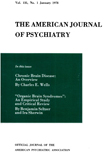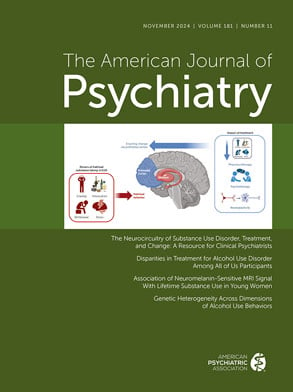Abstract
Electroencephalograms of 86 cases of post-traumatic epilepsy were analysed with particular reference to the localization of abnormal electrical discharge. Pre-operative and post-operative studies were made on 32 of these patients on whom operation had been carried out for the surgical removal of an epileptogenic lesion.
1. Definite electrographic evidence for localization of major epileptiform discharge to a relatively restricted area of one hemisphere was obtained in 90 per cent of the cases. A relatively superficial focus was found in one area without significant complication by abnormality elsewhere in 69 per cent of the cases.
2. A combination of random slow waves with random spikes or sharp waves was found to be characteristic of superficial cortical epileptogenic lesions of the cerebral cortex. This is interpreted as representing a local condition of metabolic disturbance, a product of which causes neuronal hyperirritability. These two types of electrographic abnormality are also observed in patients with convulsive seizures which follow shortly after acute head injury.
3. Generalized electrographic disturbances were present without unilateral localization in 10 per cent of the cases. Three of these patients showed a diffuse multiple spike and sharp wave disorder with relatively continuous dysrhythmia of a type suggesting a diffuse lesion of the cortex.
4. Prominent equilateral bisynchronous discharge was found in 6 cases, in three of which there was found the typical wave and spike form of record commonly considered to be characteristic of "petit mal" cryptogenic epilepsy. There are two possible explanations of these cases. Either they are cases of essential epilepsy in which head injury is only incidental to the development of seizures, or the accident produced a lesion at the base of the brain which might be serving as a pacemaker for bilaterally synchronous epileptiform discharge of the two hemispheres. Positive evidence for such a lesion is lacking.
5. Pre-operative electrographic study provided a reasonably accurate guide to the border zone of an objective lesion of the brain in 94 per cent of the cases in which operation was performed. There was evidence of some former brain injury in the region of electrographic localization in all of these cases.
6. Complete freedom from seizures or very rare minor attacks resulted from surgical excision of epileptogenic lesions in 71 per cent of those cases with clear uncomplicated pre-operative spike or sharp wave foci. The percentage of success was less than half this amount in patients whose pre-operative EEG. showed more than one spike focus, other areas of delta waves, or prominent bisynchronous activity.
7. From the point of view of surgical therapy, the electroencephalogram provides strong evidence that the technique of excision which we have used in the past few years is satisfactory. The essential feature of this technique is that gyri should be completely, not partially, removed, and the pial covering of remaining gyri be preserved. The white matter thus left exposed does not seem to give rise to abnormal electrographic record. One month after such a removal, spike and sharp wave activity is not present and there is very little delta activity. These cases show the most favorable clinical course.
Persistence of large delta activity or return of large spike or sharp wave activity usually indicates a bad post-operative prognosis. The EEG. cannot be depended upon, however, to predict the developmental course of a potentially epileptogenic lesion of the brain, since regressive as well as progressive lesions are encountered.

